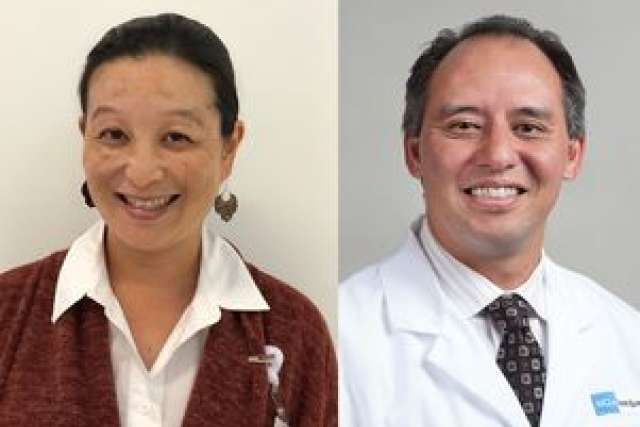For the first time, the Centers for Disease Control and Prevention has issued guidelines for diagnosing and treating children who have suffered a concussion, also known as a mild traumatic brain injury. These guidelines will provide doctors with the tools they need to deliver the best outcomes for young patients with concussion, said two UCLA co-authors of the report, recently published in JAMA Pediatrics.
“Children have been overlooked in research and clinical protocols for concussion, but their smaller size doesn’t make them less important,” said Dr. Christopher Giza, director of the UCLA Steve Tisch BrainSPORT Program and a professor of neurosurgery and pediatrics at the David Geffen School of Medicine at UCLA and UCLA Mattel Children’s Hospital. “Most concussions occur in youth, and managing these injuries improperly can lead to lasting problems.”
More than 800,000 children in the U.S. seek treatment for traumatic brain injury every year, according to Dr. Debra Houry, director of the CDC’s National Center for Injury Prevention and Control.
“The new guidelines are based on the most comprehensive review of the science related to pediatric concussions over the past 25 years,” said Dr. Meeryo Choe, associate director for the BrainSPORT Program and a pediatric neurologist at UCLA Mattel Children’s Hospital.
The CDC guidelines include 19 sets of recommendations. Of those, the public health agency highlighted “five key practice-changing” recommendations:
1. Do not routinely scan pediatric patients to diagnose a mild traumatic brain injury.
2. Use age-appropriate symptom scales to diagnose a concussion.
3. Evaluate risk factors for delayed recovery, including history of concussions or other brain injury, severe symptoms immediately after injury, personal traits and family history.
4. Counsel patients and their parents or caregivers on returning to activity tailored to their symptoms.
5. Advise patients and their parents or caregivers that patients can return gradually to non-sport activities after a few days of rest.
Learn more about the UCLA Steve Tisch BrainSPORT Program.



